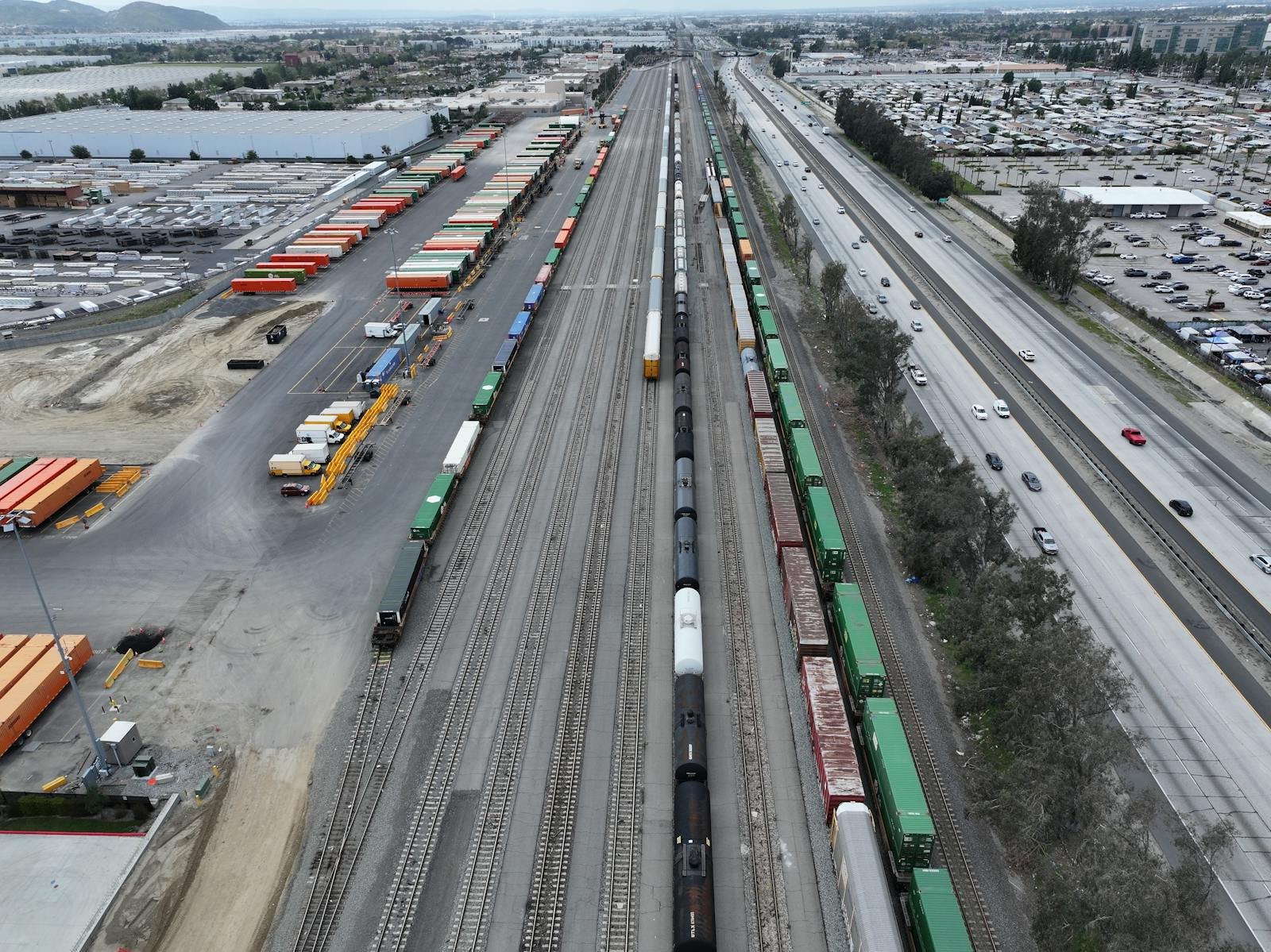Logistics Challenges in Global Supply Chains
Picture this: A manufacturer in Germany is waiting for semiconductor parts from Taiwan, which are stuck at a congested port in Los Angeles, all while customers in Brazil are anxiously awaiting their final product. This is the reality of today’s complex global supply chains.
In a world that thrives on interconnected commerce, logistics plays a starring role. But with that central role comes a long list of challenges. If you’re part of a business that moves products across borders, understanding the logistics hurdles in global supply chains isn’t just useful—it’s essential. Let’s dive into what makes this web so tangled and how businesses can navigate it with resilience and foresight.
What Are Global Supply Chain Logistics?
At its core, global supply chain logistics is the orchestration of moving goods across multiple countries, through various modes of transport, while juggling customs, compliance, and timelines. Think of it as the beating heart behind global commerce.
Key elements include:
- International shipping and freight management
- Inventory control and warehousing
- Customs clearance and trade compliance
- Technology integration and data visibility
Now, let’s take a closer look at the key challenges facing logistics in global supply chains.
Top Logistics Challenges in Global Supply Chains
1. Port Congestion and Transportation Delays
Remember the 2021 Suez Canal blockage? A single ship halted nearly $9.6 billion of trade per day, according to Lloyd’s List. Delays like these aren’t isolated incidents.
Causes of port and transit delays include:
- Increased container traffic
- Labor shortages
- Natural disasters and weather events
- Infrastructure bottlenecks
What you can do: Diversify your transport modes, build in buffer time, and leverage real-time tracking tools.
2. Supply and Demand Imbalances
The pandemic taught us a hard lesson: when demand spikes or supply drops unexpectedly, chaos ensues. A bullwhip effect—where small demand fluctuations amplify down the chain—can wreak havoc on inventory.
How to manage it:
- Implement demand forecasting tools
- Adopt just-in-case inventory models
- Strengthen supplier relationships for better agility
3. Compliance and Trade Regulations
Global trade isn’t just about moving goods. It’s about adhering to each country’s laws and protocols. That means navigating duties, taxes, import/export bans, and required documentation.
Avoid penalties by:
- Staying current with international trade laws
- Working with customs brokers
- Using tools like the U.S. Customs & Border Protection Automated Commercial Environment (ACE)
4. Geopolitical Risks
From Brexit to the U.S.-China trade war to Russia-Ukraine conflict, politics play a huge role in shaping global logistics.
Impacts include:
- Tariff increases
- Border closures
- Shifting trade routes
How to navigate:
- Develop contingency plans
- Monitor international policy changes via reliable sources like The World Trade Organization
- Diversify suppliers geographically
5. Limited Supply Chain Visibility
Real-time data isn’t a luxury anymore—it’s a necessity. Yet many global supply chains still operate with fragmented systems and siloed information.
Why it matters: Lack of visibility can lead to overstocking, stockouts, and costly delays.
Solutions:
- Invest in end-to-end supply chain platforms
- Use GPS and IoT-enabled freight monitoring
- Integrate with partners via APIs and cloud-based tools
6. Rising Freight Costs
Global freight rates have fluctuated dramatically over the past few years. According to Statista, the global container freight rate index peaked at over $10,000 in 2021. Though prices have stabilized, volatility remains.
How to manage freight costs:
- Lock in contracts during low-rate periods
- Consolidate shipments when possible
- Partner with 3PLs for economies of scale
7. Environmental Pressures and Sustainability Goals
Consumers and governments alike are pushing for greener supply chains. But meeting environmental goals can be tricky when you’re balancing costs and timelines.
Steps to get ahead:
- Opt for carbon-efficient modes (e.g., ocean vs. air freight)
- Offset emissions through verified programs
- Track and report sustainability metrics
How Companies Can Overcome These Challenges
Build a Resilient Supply Chain Strategy
Resilience isn’t about avoiding disruptions—it’s about recovering fast and minimizing damage.
Best practices include:
- Dual sourcing for critical materials
- Strategic inventory placement
- Investing in supply chain risk modeling
Leverage Technology for Smart Logistics
Tools like artificial intelligence, blockchain, and predictive analytics are revolutionizing supply chain logistics.
According to McKinsey, companies that embrace digital tools are more likely to recover from disruptions and outperform peers.
Conclusion: Navigating the Global Maze
Managing logistics challenges in global supply chains isn’t easy—but it’s absolutely doable with the right strategy, partners, and tech.
Take a proactive approach: monitor trends, invest in visibility, and prepare for the unexpected. Whether you’re shipping electronics to Europe or sourcing textiles from Asia, a nimble supply chain is your strongest asset.
Ready to strengthen your global logistics strategy? Partner with experts who know the terrain and can help you build a resilient, future-proof supply chain.
FAQs: Logistics Challenges in Global Supply Chains
1. What causes most global supply chain disruptions? Major causes include port congestion, political instability, natural disasters, and shifts in consumer demand.
2. How can companies prepare for customs delays? By maintaining accurate documentation, working with customs brokers, and using digital trade management platforms.
3. What is the bullwhip effect in supply chains? It’s when small changes in customer demand cause larger variances upstream in the supply chain, leading to inefficiencies.
4. How do logistics technologies improve global supply chains? They provide real-time visibility, automate processes, and support predictive planning for smoother operations.
5. Are ocean freight or air freight better for global logistics? It depends. Air is faster but costly; ocean is economical for bulk shipments but slower.





